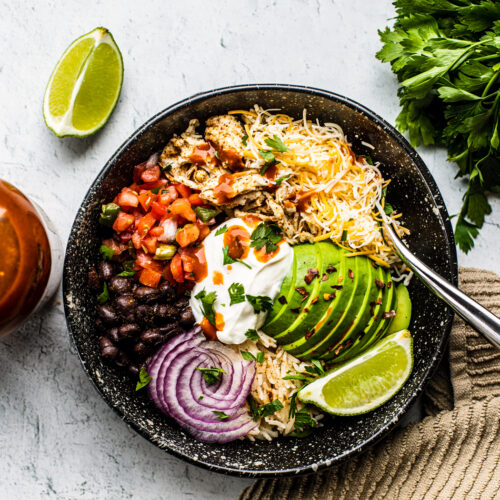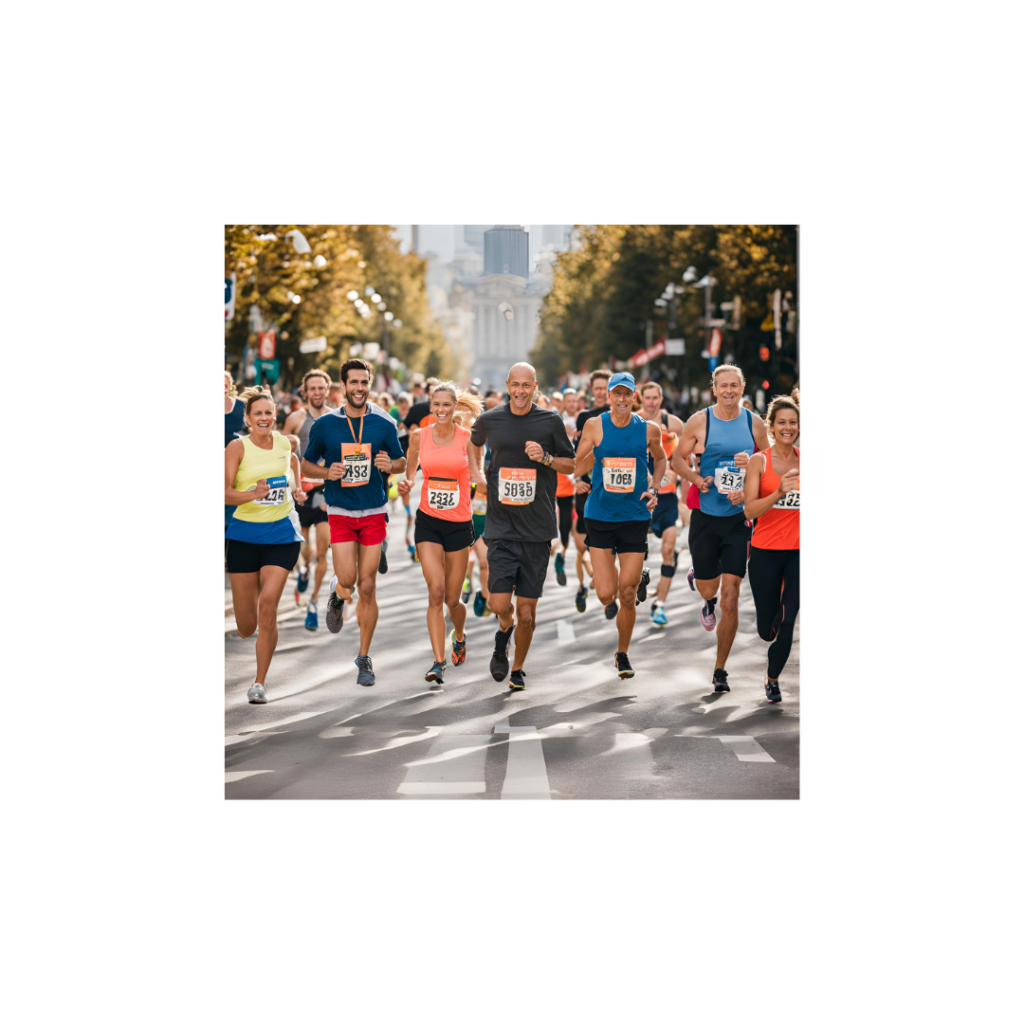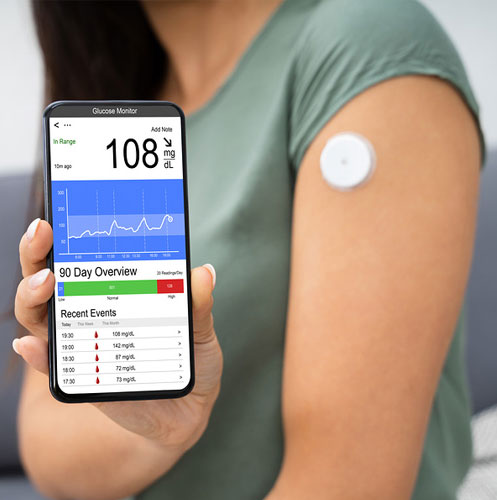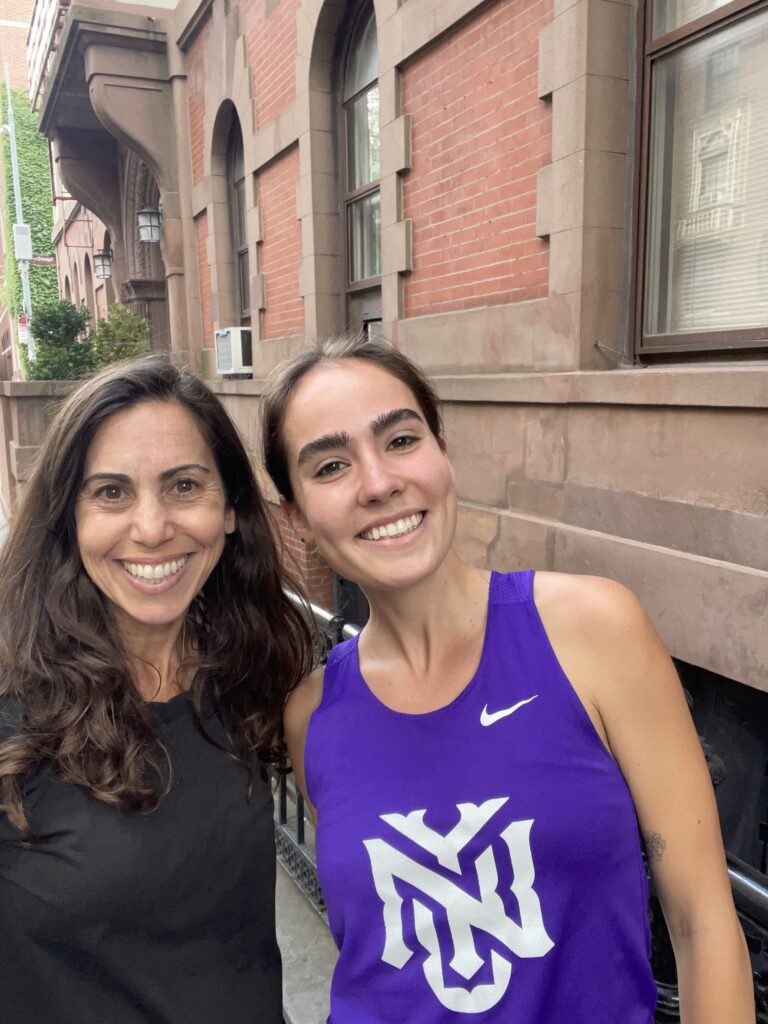Signs and Symptoms of an Eating Disorder

TW: This content includes references to eating disorders and body image, which may be a sensitive topic to some readers.
Eating disorders can show up in many different ways, making them difficult to recognize at times.
DIY Electrolyte Drink

Here are a couple of DIY electrolyte drinks that are favorites among the NYU Track and Field team:
How to prevent GI issues in runners

We all know far too well that gastrointestinal issues can derail a training run or race physically and mentally. Cramping, bloating, and diarrhea can quickly worsen dehydration and become very painful or even debilitating. In this post, I outline some easy strategies to help you feel better and improve performance when facing GI issues. By following these nutrition strategies, one can improve symptoms and performance as a whole.
BEST foods to eat after a workout – tips from the Martin Coaching Team

Foods consumed after a workout will impact recovery and sports performance.
We asked the Martin coaching team about which foods they eat after a workout and it was no surprise that we received great responses instantly. At the elite level, nutrition is dialed in and the athletes know which foods to grab after a tough workout to promote recovery.
HOW TO USE GELS FOR ENDURANCE ATHLETES

Gels are a compact and convenient way to deliver easily digestible carbohydrates during endurance sports like running, cycling, swimming, or triathlons. They provide quick energy to fuel your performance and help you maintain steady energy levels throughout your activity. Here’s a breakdown of the key factors to consider when selecting the best gels for your events.
Body Composition Testing: When is it Helpful and When is it Harmful?

TW: This content mentions eating disorders and body image.
Body composition testing offers a window into the intricate components that constitute our bodies. It surpasses simple weight measurements by evaluating the distribution and proportion of tissues like fat mass, muscle mass, and bone density, providing a detailed profile of physical makeup.
Should Athletes Use a CGM? A Look at the Benefits and Drawbacks

A Continuous Glucose Monitor (CGM) is a medical device designed to deliver real-time measurements of glucose (sugar) levels in the body. Although it is mainly utilized by individuals with diabetes to regulate their blood sugar, it has also become increasingly popular among athletes and health enthusiasts. While these devices offer a wealth of data, it’s crucial to consider how that information will be applied effectively.
Don’t Wait: Understanding Relative Energy Deficiency in Sport (RED-S) and Low Energy Availability (LEA)

By Kate Cochran, Nutrition Intern, NYU Track and Field
When I first learned about low energy availability (LEA) and relative energy deficiency in sport (RED-S) at twenty-one, I was four years deep into my distance running journey. It was while reading “How She Did It” by renowned female distance athletes Molly Huddle and Sara Slattery, both esteemed Olympians themselves, where I first learned about the syndrome. It was something I wish I knew when I began running at sixteen. I firmly believe it’s essential for every female athlete to familiarize themselves with RED-S early on, considering its potential impact on their athletic path.
OPTIMIZING NUTRITION FOR A HIGH SCHOOL FEMALE ATHLETE

I’m Kate Cochran, a graduate student at NYU studying nutrition and a member of the NYU cross country and track team. I’ve been running competitively since I was fifteen, and my journey has taught me the critical role that nutrition plays in athletic performance.
Conversations with Rachel Kaplan, Division 1 College Gymnast

I had the opportunity to watch the Olympic gymnastics with my niece, Rachel Kaplan, a Division 1 gymnast and uneven bar specialist. Here are some key excerpts from our conversation that can be valuable for anyone looking to compete in college, especially females in body image-focused sports: